Nearby Attractions
Tuscany: Tuscany hosts innumerable astounding localities, many of which are also named UNESCO World Heritage Sites; of course, one must begin with Florence.
In this region, nature has many different facets, starting from the Invalid slider id. Master Slider ID must be a valid number.to the sweet hills of Chianti wine roads, Medieval villages, historical towns and castles
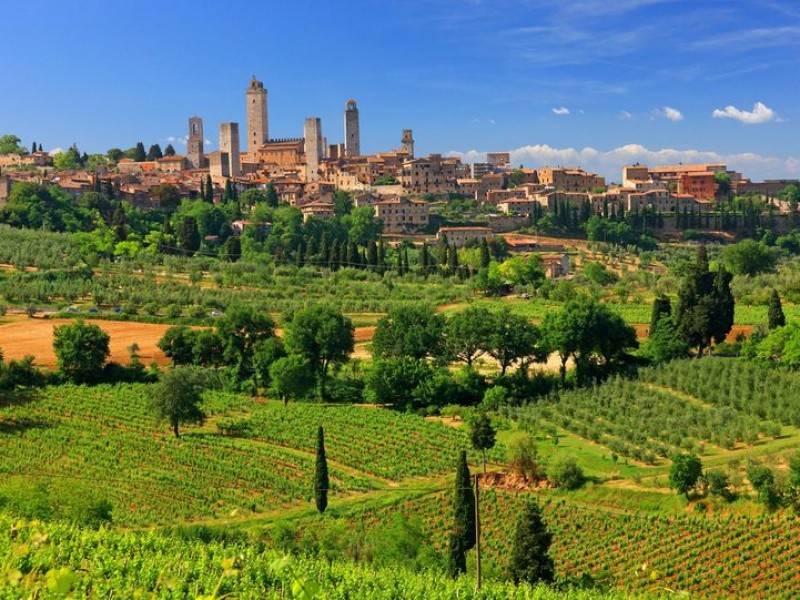
Siena & San Gimignano
Siena, with its Medieval town center– itself included on the UNESCO World Heritage List – and culminating with the evocative Piazza del Campo, also theatre for the famous Palio.Siena, is a magnificent city of art with characteristic alleys, wards (rioni) and towers, artisan shops and buildings that make it a not-to-be-missed touristic destination for Italians and foreigners. Moving through Siena’s lands and immersing yourself in this atmosphere is a magical adventure, a trip through many landscapes, from dense woodlands to old farms, from clay hills to stupendous paths.
San Gimignano stands out among the small towns of the region, a Medieval town characterized by its towers and “tower homes” (another site recognized by UNESCO). San Gimignano is famous also for its Vernaccia wine production; known around the globe, Vernaccia is one of Italy’s finest whites. It was even the first Italian wine to bear the title Controlled Designation of Origin (D.O.C.) in 1966, follwed by the additional D.O.C.G. (the ‘G’ stands for Guaranteed) in 1993.
Chianti
Located between the Provinces of Florence and Siena, the Chianti Valley has always been considered the heart of old Tuscany, well-renowned around the world for its famous wines.
A rich history and wine tradition from the 13th century have made this area an ideal place for those who wish to undertake original trips amid vineyards, hills and characteristic little villages.
Within each of these small towns you may run into cellars, castles or simple farmhouses whose names are tied the renowned Gallo Nero brand, symbol of the Chianti of excellence.
The valley offers views of great charm: vineyard-covered hills, magnificent forests of chestnuts and oaks, and picturesque Medieval villages rich in artistic testimonies, for instance, Greve in Chianti with its old triangular-shaped piazza lined with town houses, porticoes and loggias.
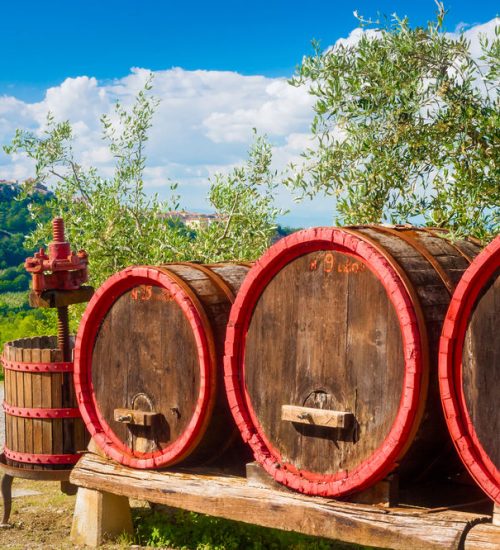
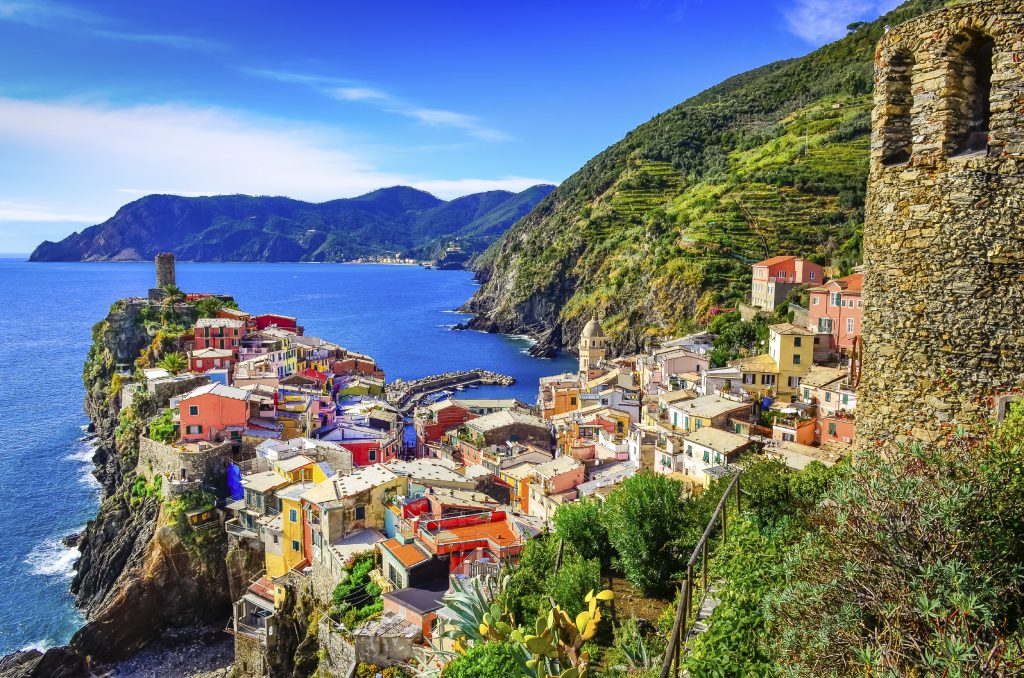
Cinque Terre
It’s an authentic venture into the magic of multicoloured historic villages situated in a spectacular vertical position overlooking the seaside, on steep land where vineyards reign. The area is a teep jagged coast overhanging the sea, with inaccessible vineyards created in the rock. The area is divided into 5 seaside and agricultural villages enriched with colours, simplicity and charm.
Pisa
The Leaning Tower, the icon of Pisa, is the most famous Italian monument in the world. Together with the Cathedral and Baptistery, the Tower makes up of a complex of works that poet Gabriele D’Annunzio defined as “Miracles,” hence the baptizing of the piazza that hosts them as Piazza dei Miracoli.
Of course the city of Pisa’s first and foremost point of pride is the Tower, inclined as it is due to a sinkage of terrain; yet it also boasts a singular design of magnificent architecture, bearing arcades and loggias, a spiral staircase of 294 steps, and a belfry at its heights (184 ft), from which visitors can stare agape at the spectacular view.
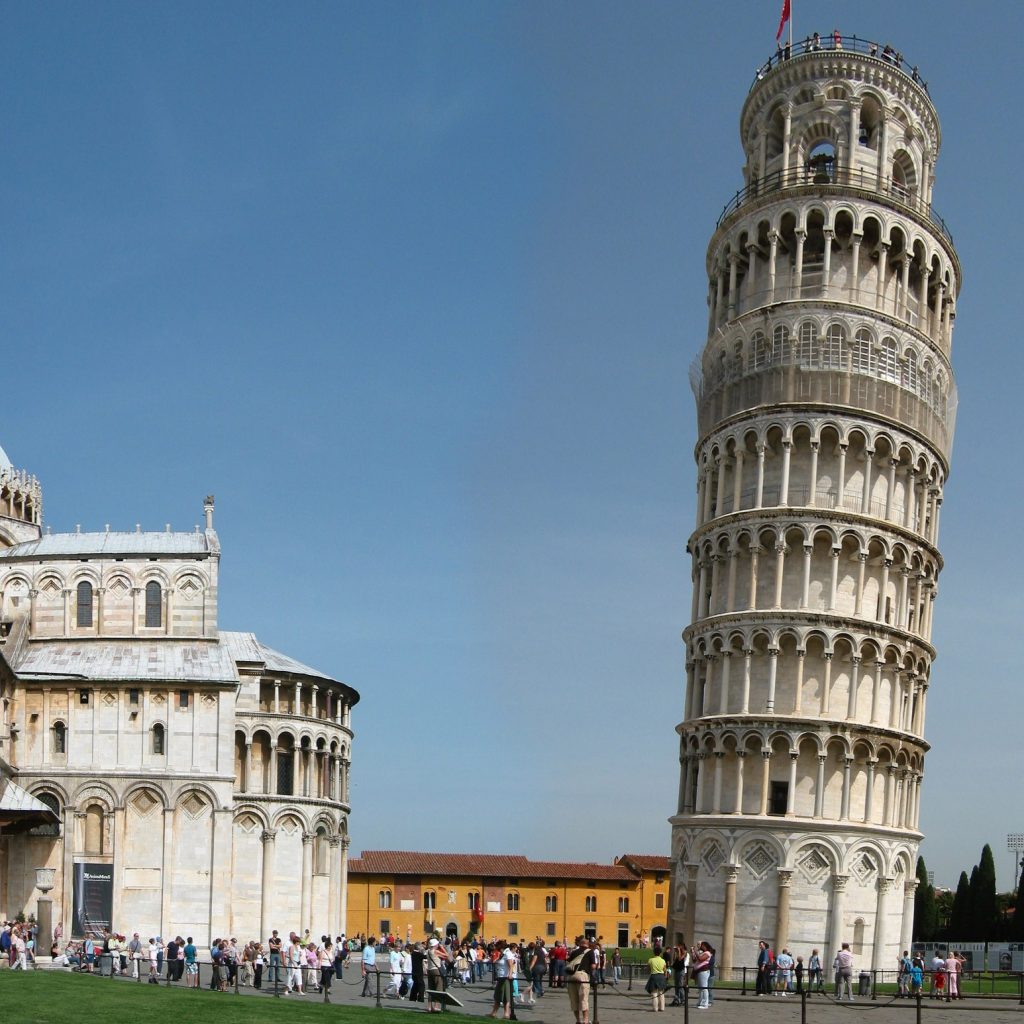
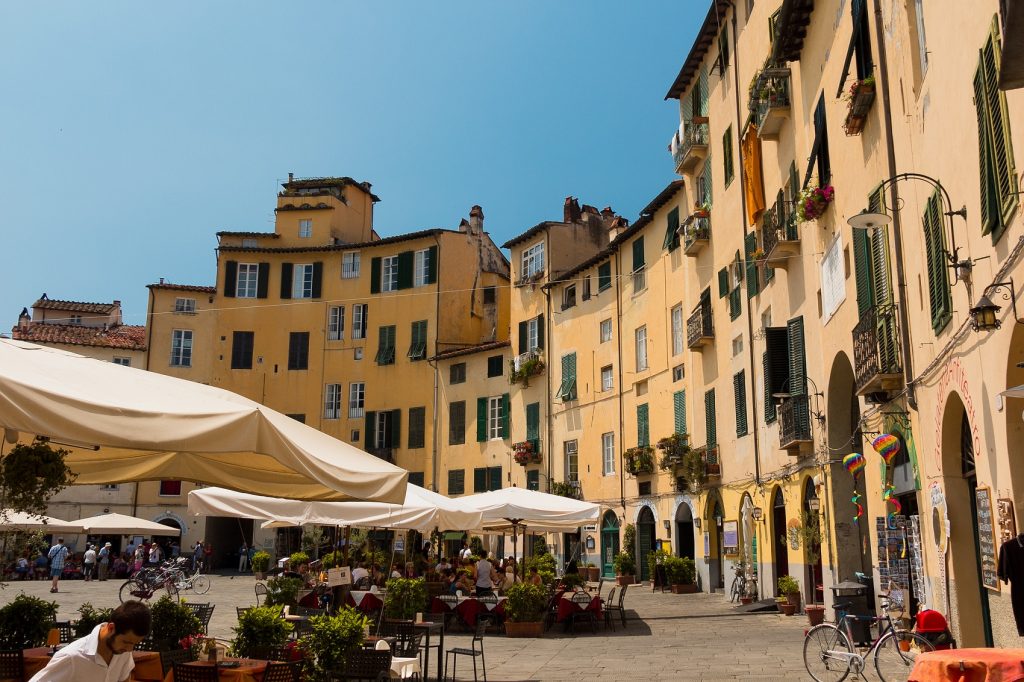
Lucca
For its monumental and historic wealth, Lucca’s center has been proposed as an addition to the UNESCO World Heritage List. It is bountiful with impressive touristic attraction, beginning with the nearly-intact walls that surround the city.
You can access the city, passing through one of its six gates.The old town has preserved its Medieval appearance (due to its finely-worked architecture), ancient and numerous churches (Lucca is also called the “city of 100 churches”) and, thanks to its many towers, bell towers and monumental Renaissance palaces
